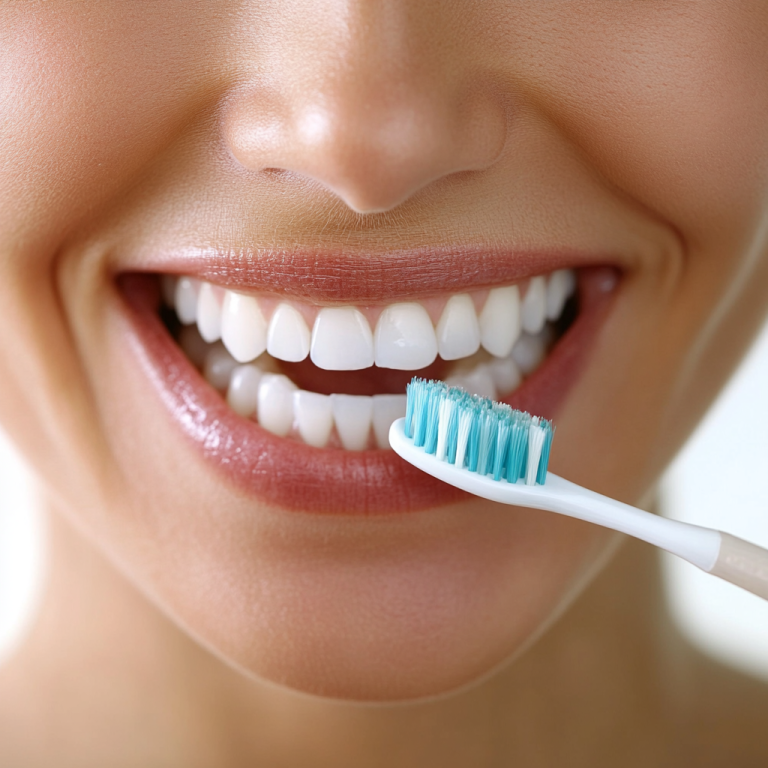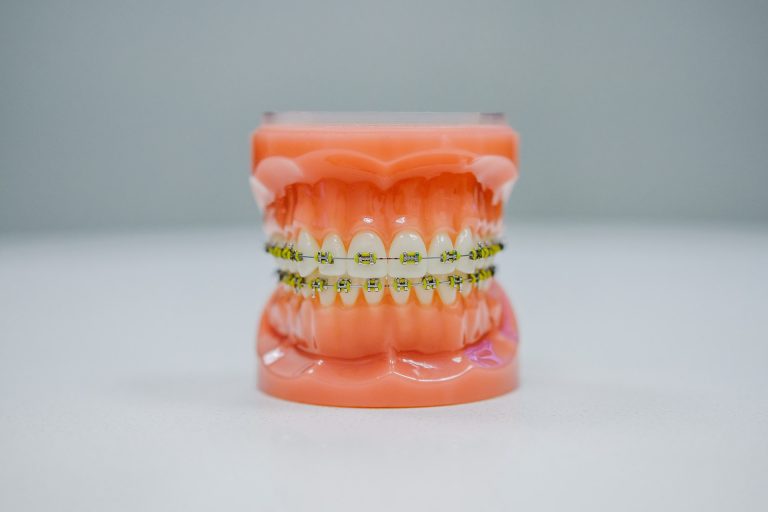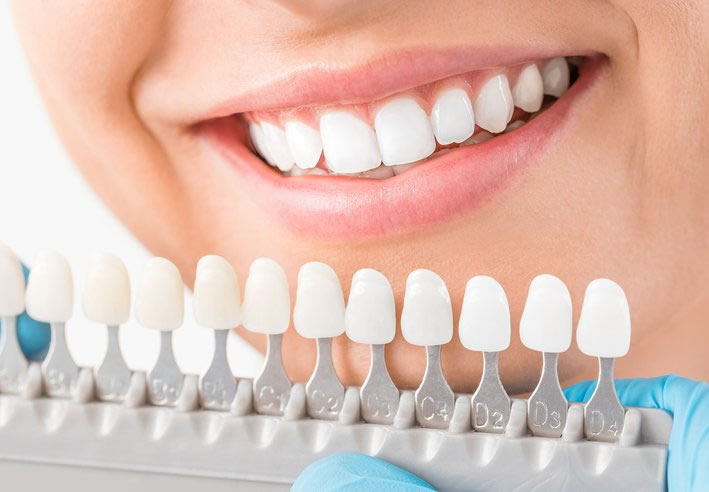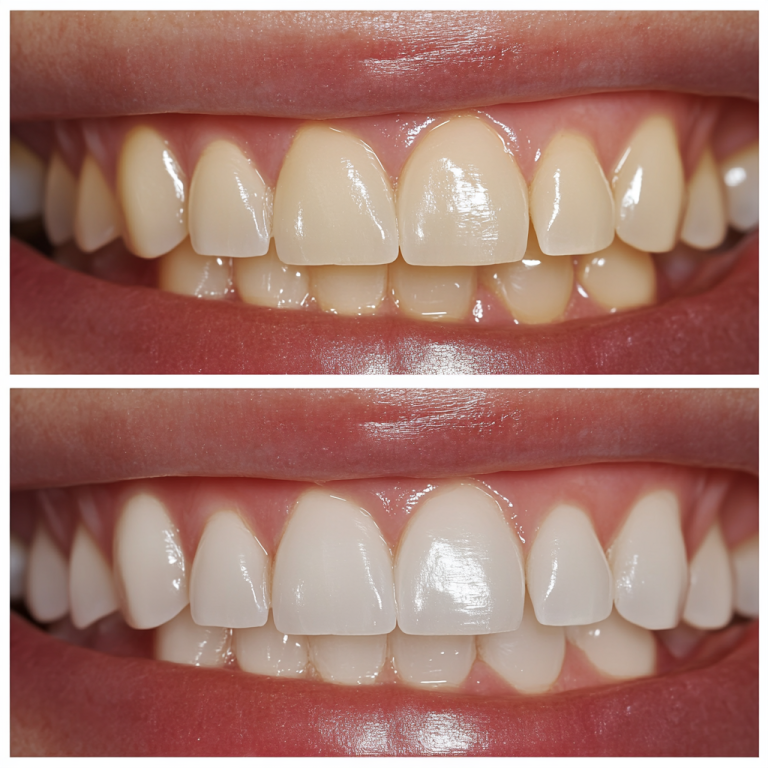When it comes to braces, some teeth can be more stubborn than others. Molars and premolars are located towards the back of the mouth. They can be tricky to shift due to their size and multiple roots. Plus, they get more pressure during chewing.
XYZ Orthodontics found that these teeth have a strong connection to the jawbone. This makes them very stable, but also hard to move around. Orthodontists must be extra careful when dealing with them.
Studies show that shifting molars and premolars is no easy task. It requires patience and effort for a longer period.
So, when you get braces, remember that not all teeth are created equal. Some may have greater challenges when it comes to aligning them.
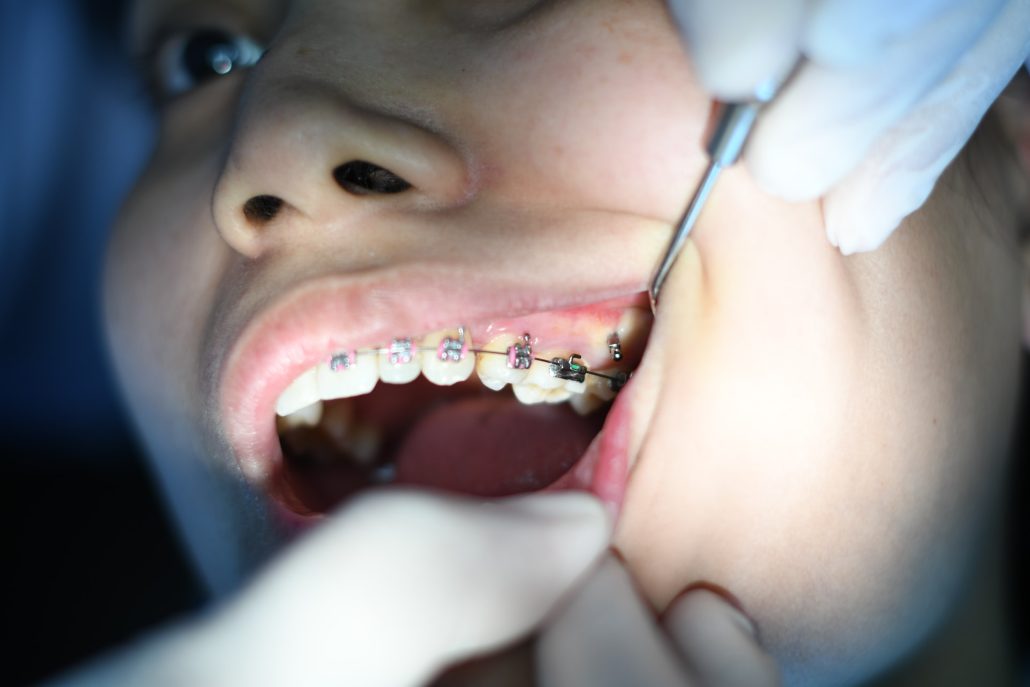
What are braces and how do they work?
Braces are orthodontic treatments used to align teeth. They have brackets attached to teeth, connected by wires. Braces apply continuous pressure, slowly shifting teeth into place.
An orthodontist will examine teeth to decide if braces are needed. Then, they make impressions of teeth to create a plan.
Braces need adjustments. Orthodontists tighten or replace wires to keep the right pressure on teeth.
Not all teeth move at the same rate. Incisors and canines are easier to move than molars. Interarch elastics or TADs (Temporary Anchorage Devices) can be used to help stubborn teeth move.
Be sure to follow your orthodontist’s instructions. Good oral hygiene, avoiding sticky or hard foods, and regular check-ups are important for successful treatment.
Types of teeth movement with braces
Let’s take a peek at the various movements of teeth accomplished with braces!
| 1. Rotations: | Braces can rotate crooked or misaligned teeth into their correct place. |
| 2. Intrusion/Extrusion: | Braces can apply pressure to move teeth vertically, fixing overbites and underbites. |
| 3. Tipping: | Braces tilt teeth to create an even bite. |
| 4. Translation: | Braces shift teeth horizontally to close gaps or manage overcrowding. |
Teeth hardest to move with braces
Braces: which teeth are the most challenging to move? Let’s explore!
Molars, at the back of our mouth, can take longer due to their size and position. Canines, or eye teeth, have long roots making them more resistant to movement. Incisors, at the front of our mouth, can be tricky because of their shape and position. Premolars, or bicuspids, have two cusps making them harder to adjust. Lower front teeth, called mandibular incisors, require extra care due to the limited space in that area. Lastly, wisdom teeth can be difficult to align with braces. Every case is unique, and orthodontists take various factors into consideration.
My friend had some stubborn canines that took extra time and effort. But her orthodontist was able to successfully guide them to their proper positions. Her orthodontic team’s perseverance and expertise made all the difference and she achieved her dream smile!
Challenges in moving difficult teeth
Moving difficult teeth can bring on daunting challenges. These teeth can take longer to move and need extra techniques for the desired outcomes. Let’s look at some examples: overcrowded, misaligned, overlapping, impacted, and severely rotated teeth, as well as a deep overbite.
Crowding happens when teeth don’t fit into the dental arch. With misaligned bites, the upper and lower teeth don’t meet properly. Overlapping teeth make alignment hard. Impacted teeth can’t erupt and need surgical intervention. Severely rotated teeth also need special care to be moved.
A deep overbite occurs when the upper teeth heavily overlap the lower ones. Special techniques like appliances and elastics might be needed.
Orthodontic treatment has advanced over time and researchers study different tooth movements and develop new ways to tackle these problems.

Tips for achieving successful tooth movement
Successful tooth movement with braces is achievable! Here’s what you need to know:
- Visit your orthodontist regularly for check-ups and adjustments.
- Brush and floss often to avoid gum disease and decay.
- Follow dietary guidelines provided by your orthodontist.
- Wear aligners or braces as prescribed.
Be aware that some teeth are harder to move than others. For example, molars are larger and have roots, which makes them more resistant. This may require extra techniques such as TADs or rubber bands.
A great example of successful tooth movement is Emma. She had an overbite that made her feel insecure. But with her orthodontist’s help, she wore braces for two years and stuck to the care tips. Her teeth eventually shifted into alignment, giving her a beautiful smile and boosting her confidence.
Conclusion
When it comes to moving teeth with braces, some cases are tougher than others. It’s often difficult to move back teeth, or molars, due to their larger size and stronger roots. Orthodontists have many techniques to tackle this.
Front teeth usually move faster because they have smaller roots and less bone resistance. But molars, located at the back of the mouth, present more of a challenge. These teeth have larger roots and dense bone, making them harder to shift.
Age and pre-existing dental issues can also affect molar movement. Younger people tend to have more pliable bones, making tooth movement easier. And any complications can impact how quickly and effectively molars can be repositioned.
I know this from experience. A friend of mine had a particularly stubborn back tooth during her orthodontic treatment. Despite adjustments and additional procedures, this molar remained resistant. It took extra patience and a tailored treatment plan before it moved into place.
To wrap up, molars can be hard to move with braces due to their size and root strength. But orthodontists have various methods to overcome these difficulties and get the best results for their patients.
Frequently Asked Questions
FAQs for the topic ‘Which teeth are hardest to move with braces?’
1. Which teeth are generally the hardest to move with braces?
The back teeth, known as the molars, are typically the most difficult to move with braces. This is because they have more roots and are located at the back of the mouth, which makes them resistant to shifting.
2. Why are the molars harder to move compared to other teeth?
The molars have multiple roots and are designed for chewing and grinding food. Due to their location at the back of the mouth, they require more force and time to shift into the desired position with braces.
3. Can all types of braces effectively move the molars?
Yes, both traditional metal braces and newer options like ceramic braces or clear aligners can move molars. However, it might take longer and require additional adjustments to ensure the molars are properly aligned.
4. Are there any alternative treatments for moving hard-to-move teeth?
In some cases, orthodontists may recommend additional treatments such as temporary anchorage devices (TADs) or using rubber bands attached to the braces to provide extra force and aid in moving difficult teeth.
5. Does age affect the ability to move molars with braces?
The ability to move molars with braces is not significantly affected by age. However, younger patients’ teeth generally move more easily due to their faster metabolic rates and higher bone turnover.
6. How long does it typically take to move molars into the desired position?
The duration to move molars varies for each individual, but it can take anywhere from several months to over a year. The orthodontist will develop a customized treatment plan based on the complexity of the tooth movement required.
